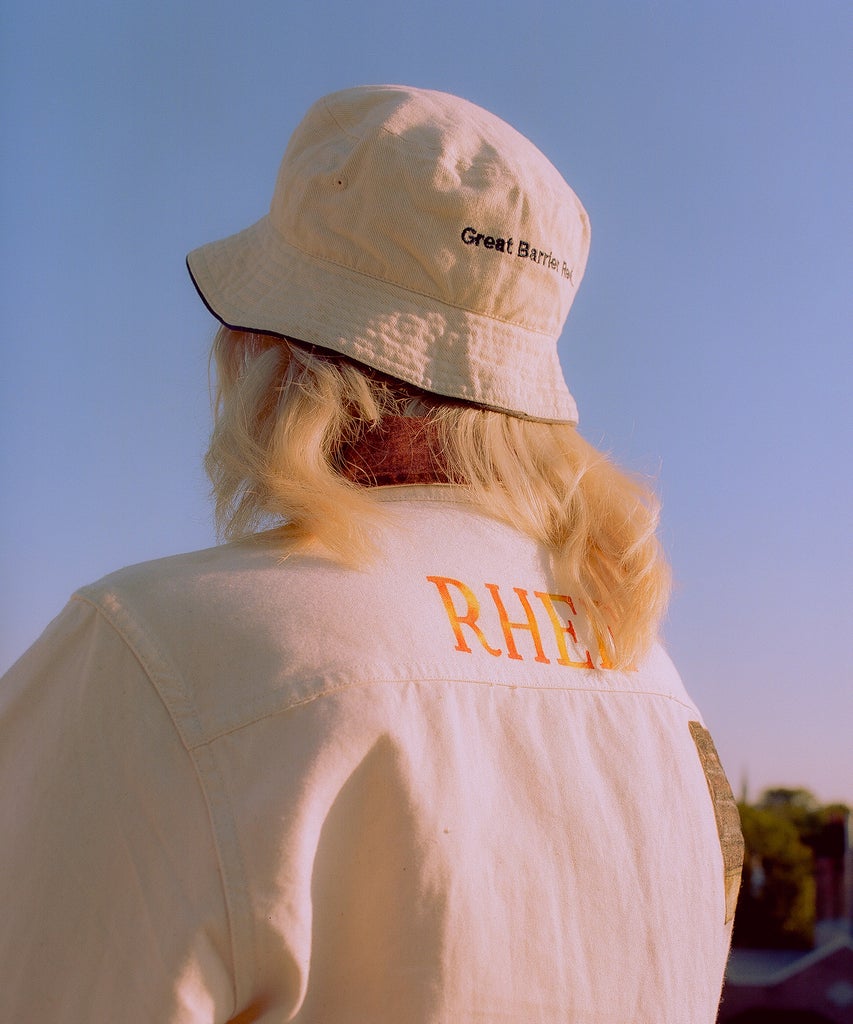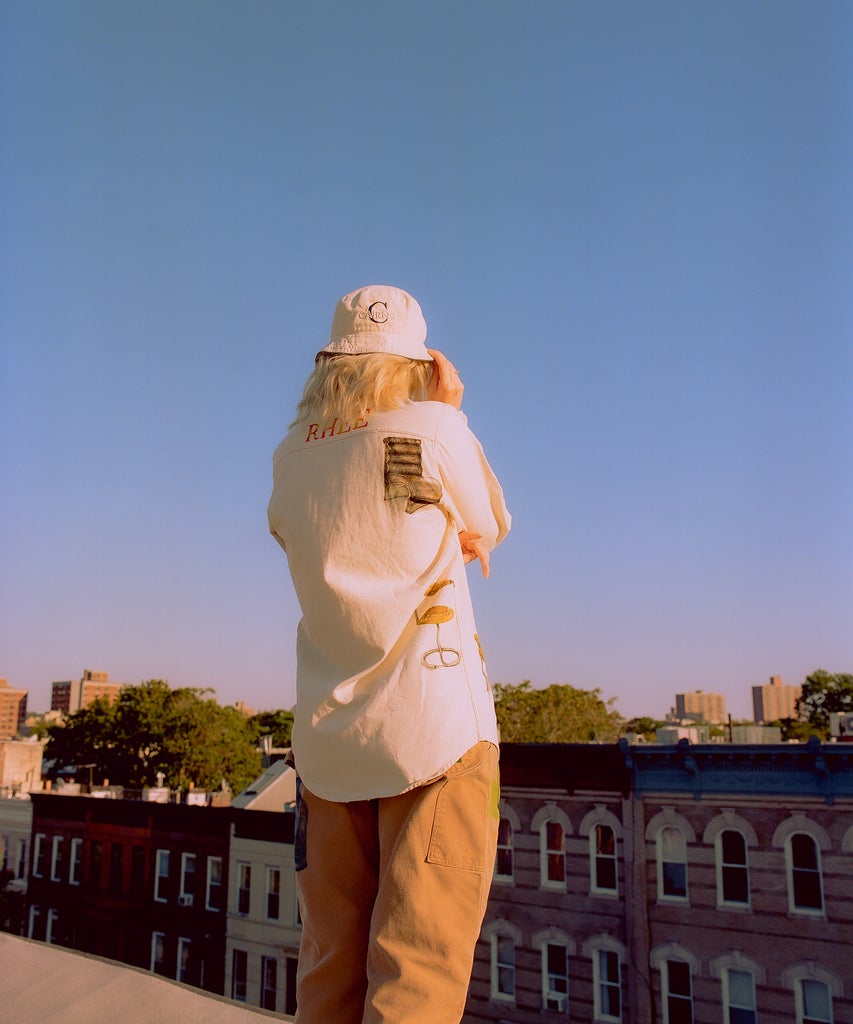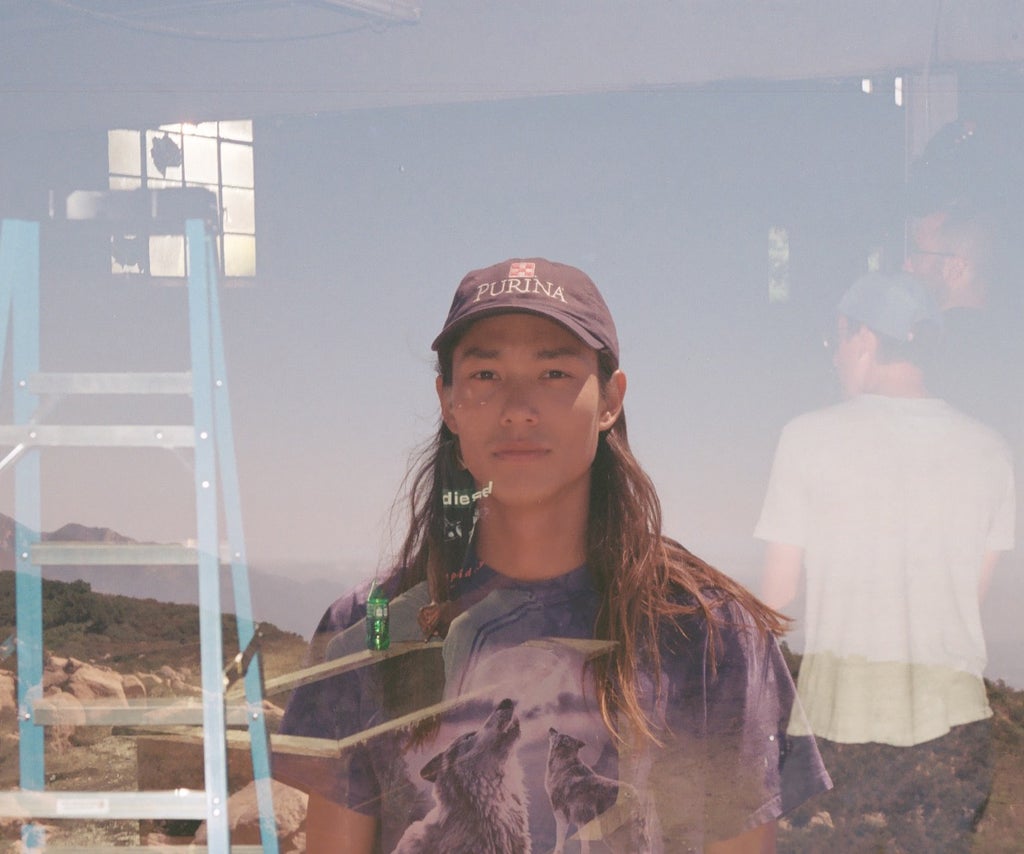
The news that my father had passed came in the form of a phone call on a Monday afternoon in August. While I’d been waiting for the call for months — he was terminally ill — I wasn’t prepared for the feeling of waking up with a father and hanging up the phone without one. Among the many initial feelings I felt, all overwhelmed with a sense of numbness, I had the strong urge to find and put on the only thing I had from him with me: a bucket hat, sitting in my bottom drawer. I sat on my bed for the rest of the day with the hat on my head, confused about what to do next. That night, I slept with it beside me.
The COVID-19 pandemic has changed what it looks like to lose a loved one for many. While my father didn’t die of COVID, the restrictions in his dementia facility made it difficult and, for months, impossible for my family to visit him in his final months. The mandatory quarantine and travel restrictions in New Zealand, where my family is based, meant flying home from the U.S. for the funeral wasn’t an option. Instead, I watched the funeral over FaceTime, his hat in my hand.

During the first month after his death, the only consistent thing about my grieving was the bucket hat. Surrounded by friends that had never met him and unable to hold family, his hat sat on my desk while I attempted to get back to work, went with me on my walks or trips to the beach, and slept next to me in bed. While recording my speech for his funeral, I spoke it to his hat just behind my laptop camera, in an attempt to feel closer to the funeral and, ultimately, to him.
I wasn’t alone in using an article of clothing to help grieve. While on a walk with my friend Zach, who also lost his father during this time, I noticed that he was wearing a hat I’ve never seen before. When he explained that it was also his father’s cap, we shared a moment in laughing at ourselves for wearing our “dead dad hats.”

Dr. Alan Wolfelt, grief counselor and Director of the Center for Loss and Life Transition, calls these “linking objects.” “They help link us to the physical presence of the person who died,” he explains. “They’re sort of temporary stand-ins for the person, and they help us feel closer to them, as well as access and express all of our normal grief emotions.” With hundreds of thousands of people losing loved ones from a distance during this time, and being unable to say goodbye due to the safety protocols or travel restrictions in place, Dr. Wolfelt says these objects have become a common response in the grieving process.
“With COVID, we can’t get together, so we’re struggling. We’re still grieving but can’t lean on all the mourning rituals that help us move through our early grief,” he explains. “Without that structure, we tend to feel lost and adrift. In addition to Zoom calls and phone calls, we’re relying more on linking objects and photos.” He notes that while these physical objects are helpful in the grief process, they can’t replace gathering in person to mourn someone. (For this reason, he suggests planning multiple ceremonies, using at-home rituals, and postponing, rather than canceling, in-person gatherings until it’s safe.)
Anyone that met my dad would not be surprised that the “linking object” I felt naturally drawn to was a hat. A practical and kind man of few words and of few possessions, he would often be seen in it while out in the garden, growing beans and mowing the lawn. In speaking with Zach, I discovered his father’s hat was just one in the pile of items he had put aside, including bowling and work shirts, a stuntman’s hat, and keepsakes from his work in the TV and film, an industry in which Zach works also.
“The day after my dad passed, the first thing my mom wanted to do was clear out his closet and purge everything so that’s what we did the entire first day,” he said. “A couple of weeks later, my sister and my mom were like, ‘Why did we do that?’” Zach said that he was grateful that he’d put aside some of the items his dad wore when he was his age. “He was probably doing the same thing at my age,” he said. “And I think seeing him and myself in the same clothing was a reminder of that.”
Dr. Ajita M. Robinson, grief and trauma expert and author of The Gift of Grief, says searching for reminders through objects is normal, noting that the separation caused by the pandemic might have exacerbated the need for a physical or symbolic connection. “For any of us who are visual and need those cues, it helps ground us in the reality of what we’ve lost,” she says. “Although the physical relationship has ended, the spiritual or personal doesn’t ever end.” Physical objects can also help people through one of the biggest fears that arise during the grieving process — that you’ll forget details about your loved one as time passes.
Personally, wearing the hat helped me to confront the grief head-on, something which Dr. Robinson says is important in the long-term. She says that the pandemic has resulted in a “breeding ground for complex grief and trauma,” with not just the death of loved ones impacting our mental health, but also the number of deaths happening as a result of COVID, combined with the symbolic losses that we’re all feeling, such as loss of routine, loss of safety, and loss of normality. “If we’re not able to name the grief or recognize it, it means that it’s just accumulating without resolve,” she explains. “We’re not moving through the grief process, we’re stuck and frozen.”
In this time of collective grief, both Dr. Wolfelt and Dr. Robinson stress the importance of finding personal rituals and connections with communities in order to move through the grieving process. Like all grief, this will look different for everyone. While Dr. Robinson recommends support groups and creative rituals like journaling, my early grieving involved wearing the bucket hat. More recently, I’ve found writing to be more helpful, compiling a list of things I loved about my dad and noting down stories.
As I continue to come to terms with the immense loss across the other side of the world from my family, the hat, that I no longer wear every day, isn’t going anywhere. Firmly planted on the desk beside my bed, it now serves as a reminder of the goodbye I wish I could have said in person to the man I wish I never had to say goodbye to.
Like what you see? How about some more R29 goodness, right here?
An Ode To The Dress That Taught Me How To Dress

No comments:
Post a Comment